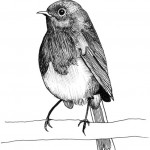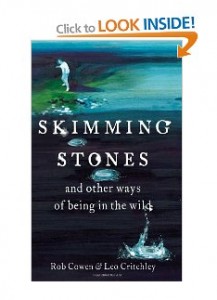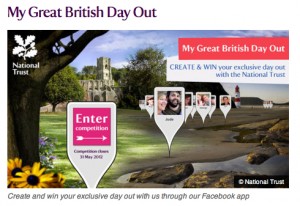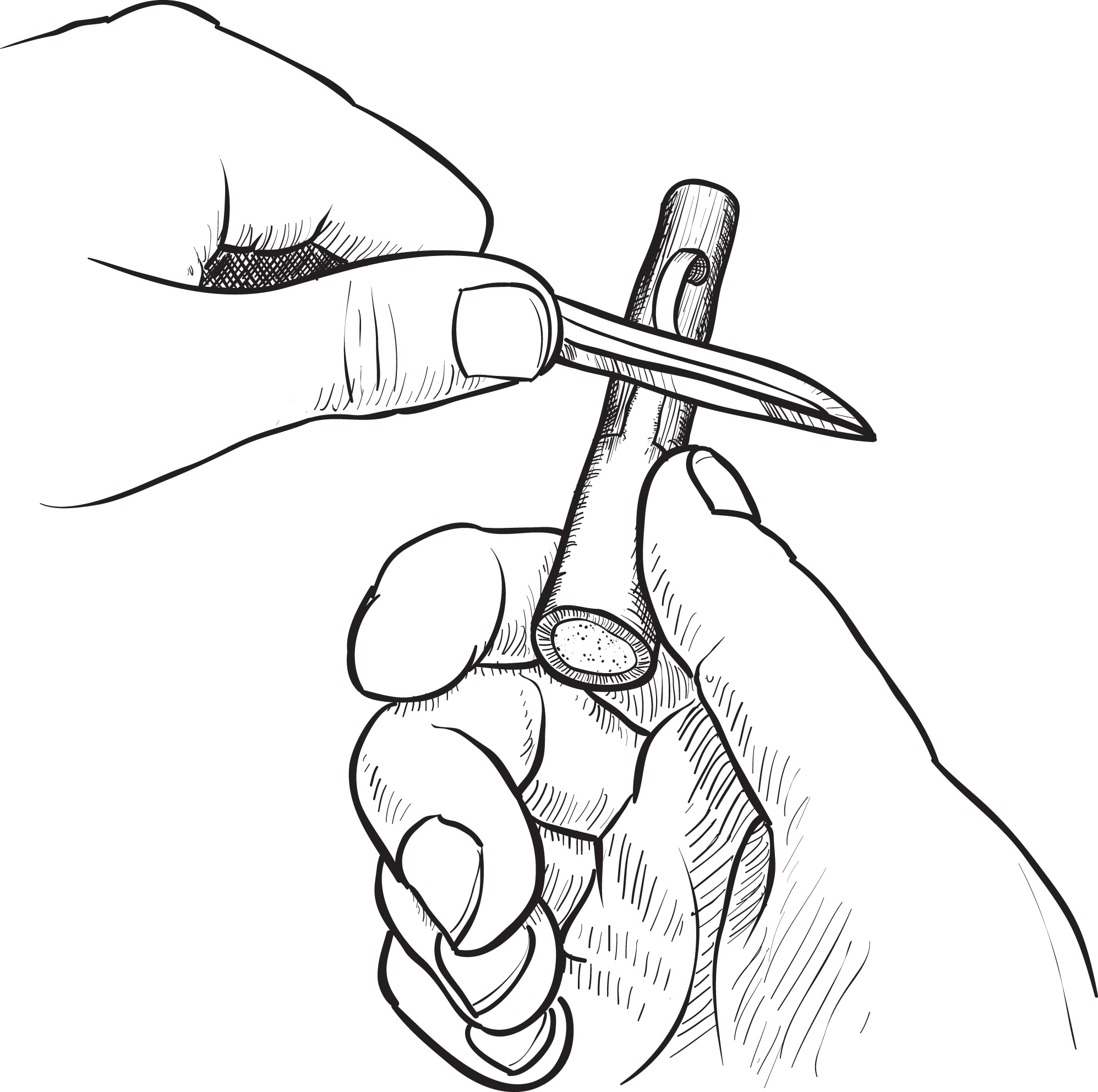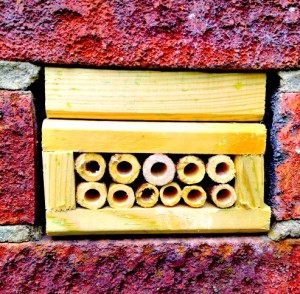Of course you have. I mean, who hasn’t bought Skimming Stones and Other Ways of Being in the Wild? Precisely. It’s as vital as five fruit and vegetables a day. But, should you need any further encouragement or reason to prompt your friends and family to get on Amazon, here are the latest reviews. We’re pretty happy with them!
‘Essential reading’ – The Express
‘A brilliant book’ – Huffington Post
‘Two of the UK’s most exciting nature writers…a thoughtful adventure in learning simple skills that help connect people to nature.’ – The Guardian
‘Deeply engaging…appealing and original framed by personal experiences that offers a fresh perspective to nature writing.’ – The Good Book Guide
‘I was simply carried along by the authors’ sense of awe, and their quiet belief that our lives can be enriched through a deeper connection with nature.’ (Four stars) – BBC Wildlife
‘A great book…it somehow manages to say something about nature that the rest of us can’t.’ – Country Walking Magazine
‘Permeated with all the infectiousness of two boys going outdoors for the day on an adventure.’ – Countryfile Magazine
‘Indispensable. You’ll never want to go back indoors.’ – Welsh Coast Magazine
– Rob –
